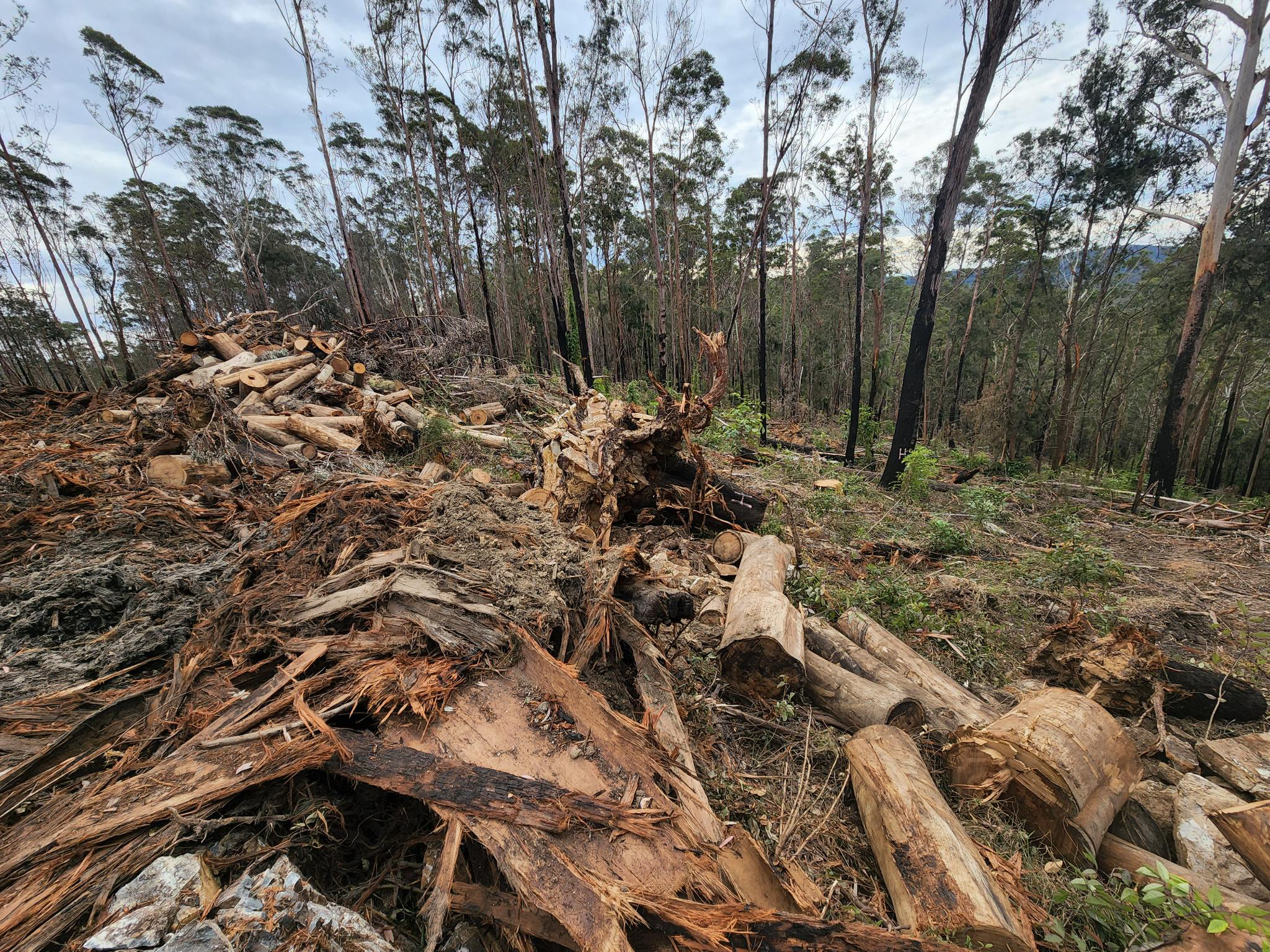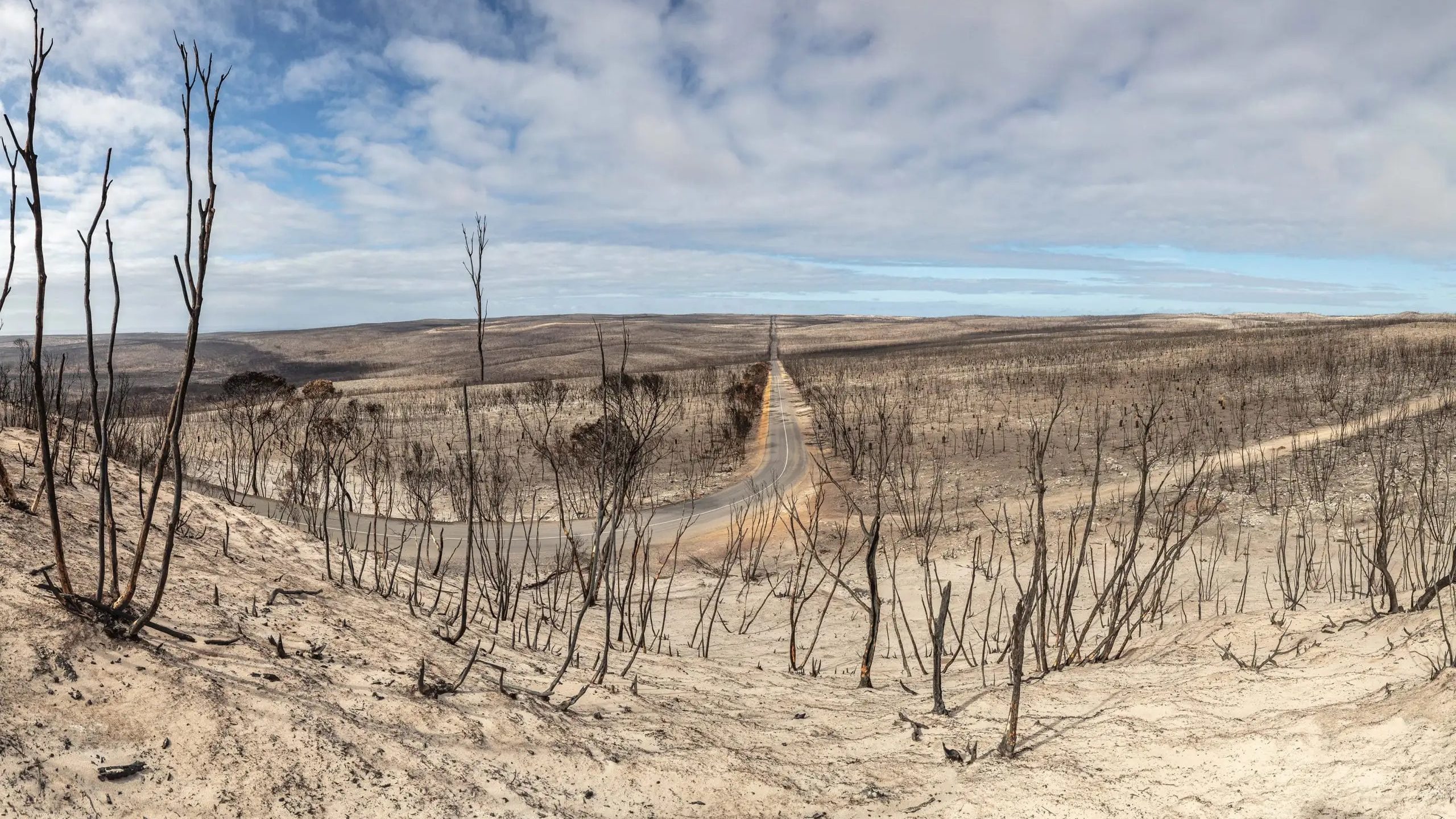State of the Environment report shows ‘shocking’ decline of Australia’s wildlife and natural ecosystems
State of the Environment #StateoftheEnvironment

By AAP / AG Staff • July 19, 2022


A staggering 7.7 million hectares of habitat for land-based threatened species was cleared between 2000 and 2017. Image credit: AAP
Australia’s environment is sick and getting sicker as the combined effects of climate change, pollution, land clearing and mining take a dangerous toll, a landmark report says.
The State of the Environment report is a five-yearly health check on the natural ecosystems that underpin every aspect of life in Australia, and the news is resoundingly bad.
“Overall, the state and trend of the environment of Australia are poor and deteriorating,” says a summary of the 2000-page document.
It details “abrupt” changes in ecological systems over the last five years with climate change adding a devastating new layer to the accumulation of other threats.
The result is a growing list of threatened species trying to survive in shrinking and degraded ecosystems that are being ineffectively managed with too little money, it says.
“Our inability to adequately manage pressures will continue to result in species extinctions and deteriorating ecosystem condition, which are reducing the environmental capital on which current and future economies depend.”
The report includes, for the first time, new chapters on climate and extreme events including recent floods, terrestrial and marine heatwaves, droughts, and bushfires.
The report’s co-chief author, professor of marine ecology Emma Johnston, said previous reports talked about climate impacts mostly in the future tense.
“But in this report we document wide-scale impacts of climate-related extreme events across the nation and that has compounded existing threats – land clearing, invasive species, pollution,” she said.
Threatened species
Between 2016 and 2021 the number of threatened species across all taxonomic groups increased by an average of eight per cent. Listings increased the most for invertebrates (22%) and frogs (21%), with the smallest increase being for reptiles and birds (around 5%).
As at June 2021, 533 animals and 1,385 plant species were listed as threatened under the Environment Protection and Biodiversity Conservation (EPBC) Act.
More than half of these threatened species were listed as Endangered or Critically Endangered.
Report summary
The report, written by 37 expert authors, is a comprehensive assessment of the state of the environment, the pressures it’s facing and how well, or not, it is being managed.
Overall assessment:
Land:
Biodiversity:
Climate and extreme weather:
The Black Summer bushfires:
Inland water and coasts:
Urban:
Marine and plastics:
First Nations and heritage:
Antarctica:


The 2019/2020 bushfires on Kangaroo Island destroyed dense woodlands. Photo credit: Quentin Chester ‘Absence of leadership’
The report, which the former Morrison government refused to release before the election, has been variously described by its chief authors as stark and depressing.
Speaking to ABC on Tuesday, Environment Minister Tanya Plibersek flagged an overhaul of regulation and more investment in order to protect the environment.
She branded the report as “shocking” as it details “abrupt” changes in ecological systems over the last five years with climate change adding a devastating new layer to the accumulation of other threats.
One of the report’s three chief authors is former CSIRO research director Dr Ian Cresswell. He said an absence of national leadership and investment had cost the nation dearly, and it must stop.
“We’re going to lose the Australia that we grew up with, for future generations, if we don’t truly start dealing with some of the environmental problems,” he said.
The report says Australia lacks a framework to manage the environment in a comprehensive way and instead relies on a jumble of systems across different tiers of government.
The number of new species listed as threatened, or up-listed to a higher category of threat, has increased by eight per cent since 2016 and will jump again due to Black Summer bushfires, it warns.
Despite that, monitoring of threatened species and communities is “mostly inadequate” with up to 46 per cent of threatened vertebrates, 69 per cent of threatened plants and 70 per cent of threatened ecological communities not monitored at all.
Meanwhile, a staggering 7.7 million hectares of habitat for land-based threatened species was cleared between 2000 and 2017. But almost all of that – 7.1 million hectares – wasn’t assessed under federal environmental laws.
The report also charts the drop in federal government spending on biodiversity while risks have been increasing.
Since 2010, biodiversity expenditure remained between $400 and $500 million per year, then dipped below $300 million in 2018–19, and has been under $400 million thereafter, the report says.
Ms Plibersek said Australians deserved to see the report, which her predecessor Sussan Ley received last year. Ms Ley refused to release it despite calls from its authors.
Koala(Phascolarctos cinereus) – listed as Endangered in February 2022 (combined populations of Qld, NSW and the ACT) Greater glider(Petauroides volans) – listed as Endangered in July 2022 Northern Hairy-nosed Wombat(Lasiorhinus krefftii)
– listed as Critically Endangered in 2018
Baw Baw frog(Philoria frosti) – listed as Critically Endangered in 2019 White’s seahorse(Hippocampus whitei) – listed as Endangered in 2020 Baudin’s cockatoo(Calyptorhynchus baudinii)
– listed as Endangered in 2018
Cauliflower soft coral(Dendronephthya australis) – listed as Endangered in 2020 Australian sea lion(Neophoca cinerea) – listed as Endangered in 2020 Numbat(Myrmecobius fasciatus) – listed as Endangered in 2018 Bellinger River snapping turtle(Wollumbinia georgesi) – listed as Critically Endangered in 2016